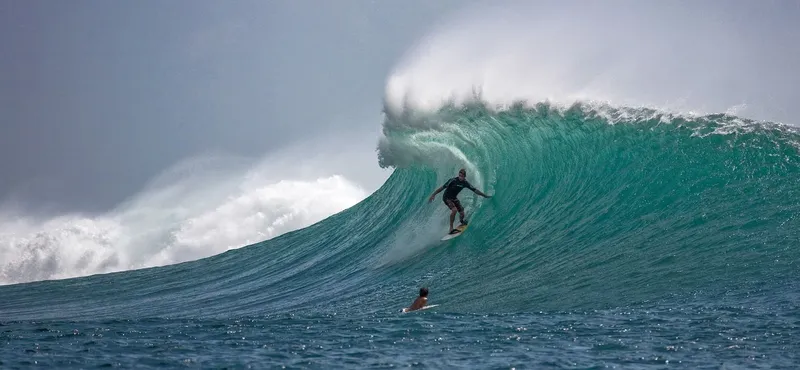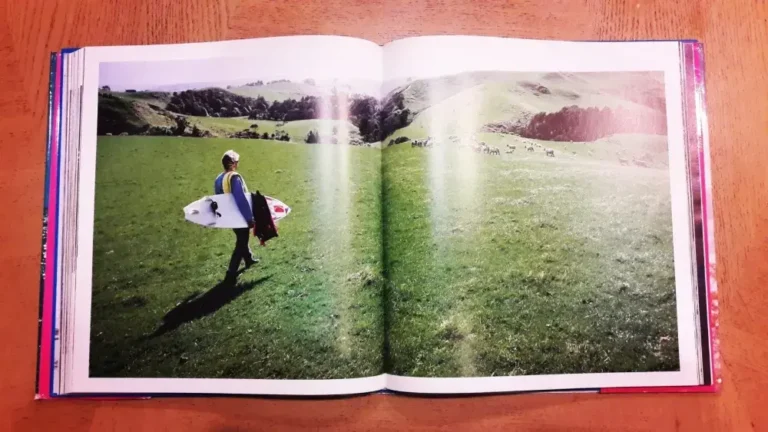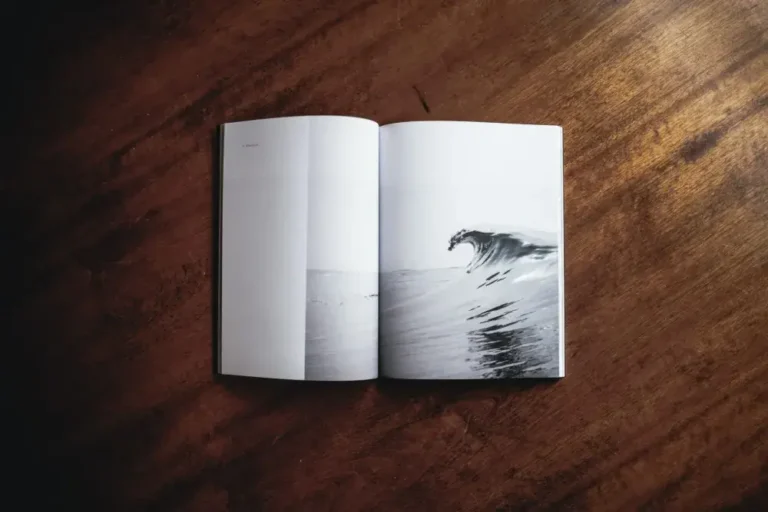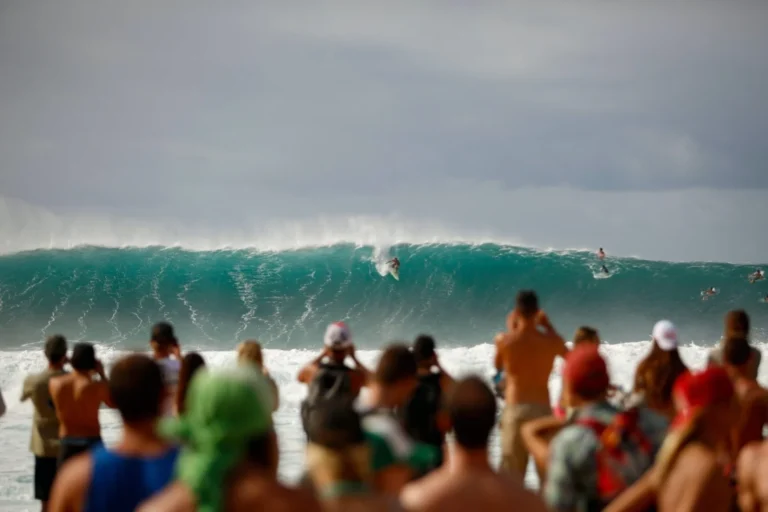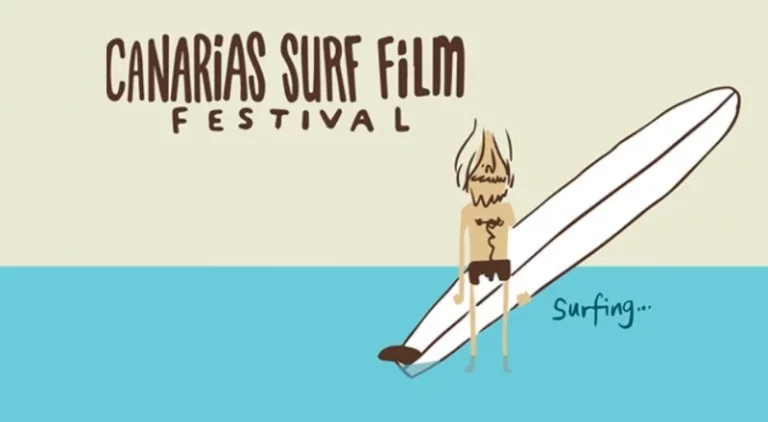History of Surfing – Origins and Evolution
Did you know that surfing is a very old sport… and it is that when man discovered that he could hold himself above the water by leaning on some kind of board, he began to “ride the waves”.
However, surfing did not begin as a recreational and/or sporting activity. There are some testimonies about indigenous people in Peru who fished in a boat called “caballito de totora” that allowed them to stand up while fishing, then we find references in Hawaii where the settlers had perfected a kind of board and anxiously awaited the waves to glide on them.
The history, origin and evolution of the origins of Surfing have very interesting characteristics that will awaken your interest in this sport, so we are motivated to describe them in the following post.
The History of Surfing
When we start researching the history of Surfing, we find that there are no original written documents that can attest with certainty the origin and evolution of this sport up to this century.
But don’t be discouraged because there are some testimonies of ancient European travellers who also documented their experiences when they travelled along the different coasts on their long journeys in search of new territories.
Later, images appeared on different coasts where natives used some types of boards to balance themselves on the waves, but surfing declined with the arrival of Christian missionaries to the islands who saw it as something typical of savages, a primitive practice. For many years it was banned and almost forgotten.
All this was complemented by the appearance of modern surfing which, as it spread around the world, captured the interest of expert chroniclers, thus reconstructing the history of surfing which you can find in different documents and web pages.
The first surfing championships that reached the world category were held in Sydney in 1964, so at a sporting level, it can be considered that surfing is a new sport, hence the major changes in the board and some movements arise only in the twentieth century.

Why is it called Surf?
When you hear the word Surf, maybe you think of the sea and waves. If this is your case, you are not far from the meaning of this word.
Surfing is named after its English origin meaning “wave crest, breaker or swell ” and was the term used to identify this activity in the Hawaiian Kealakekua Bay in the image of the renowned artist John Webber.
Origins of Surfing
The origins of surfing can be traced back to 1771 when Captain James Cook witnessed the pirouettes performed by the indigenous people in a group of islands that would later be called Hawaii. You can also find references to the invention of the surfboard by natives of this island who referred to surfing as He’enalu in their native language.
In its early days it was described as a very dangerous activity and it seemed incredible that anyone could learn it. It was practised only by men in their 20s and 30s, because
Furthermore, there was class discrimination, because only nobles were allowed to surf and the best beaches were reserved for them, while it was forbidden for the lower classes, although some managed to access this privilege by surfing on very heavy boards.
Evolution of Surfing to the present day
Reviewing the whole history of Surfing, we find some very interesting anecdotes that can show how Surfing has evolved up to the present day.
All of this information is organised for you to view chronologically below:
- 1778: Captain Cook explores the coast of Hawaii and discovers a very interesting activity performed by the natives on a board to ride the waves and stay on their crest.
- 1800: Surfing is in decline because Europeans impose their customs and culture. Many natives die from European diseases, much of the traditions are lost.
- 1820: Christian missionaries arrived where everything was considered immoral, including surfing, and surfing became practically extinct throughout the island.
- 1840: Writers and journalists arrive in Hawaii who denounce how the natives were treated and begin to describe surfing to the world. Among the famous writings is Mark Twain’s “The Adventures of Tom Sawyer” where he describes the experience of a surfing beginner.
- 1898: The Hawaiian monarchy falls and the island becomes part of the American territories, the natives were now free to return to surfing.
- Early 20th Century: Resurgence of surfing on the Hawaiian coast, especially the island of Ohau under the leadership of 3 Haloes (non-natives) and a native Hawaiian.
- 1910-1920: The Hawaiian Duke Kajanamoku becomes a repeated Olympic swimming champion and on his travels around the world starts surfing, causing a great impact on the public and arousing their interest.
- 1930-1940: Surfing becomes popular in California and the first championships are held. Many photographs find their way into magazines and newspapers all over the world.
- 1950-1960: Research into new surfboard shapes. In this period you will find the first signs of shorter and thinner boards, the use of other materials such as fibreglass and polyurethane foam. In addition, the world of surfing is filled with music with the creations of the Beach Boys.
- 1970: Surfing reaches Europe and the wetsuit is invented, while Mark Richards wins 2 world titles. The big brands you know now are born: Quiksilver, Billabong, O’neill and Rip Curl. On the technical side, 2 fins start to be used on the boards.
- 1980-1990: More world titles, changes in the technical aspects of the boards to include three fins and the ability to dismount them. They change the style of surfing with new manoeuvres.
- 21st century: The internet launches surfing towards globalisation: events, equipment, instructors, best beaches, best waves, you can find everything on the net. Surfing has achieved a great position in sports worldwide.
So far a brief summary of the evolution of Surfing, although we believe it is important that you also know a little about how this sport was positioned in Spain, let’s see some key aspects of its beginnings in this region:
- 1960-1970: Surfing emerges spontaneously in different places: Asturias, Cádiz, Guipúzcoa, Vizcaya, Cantabria and the Canary Islands.
- 1970-1980: Pepe Almoguera builds his own surfboard in Malaga and other young people also follow his example. Then they form the Malaga Surfing Club and the Club Guanarteme which covers the whole archipelago.
- The waves in Las Palmas can reach up to 4.5 metres high, which generates a great interest in surfing in this region, especially Playa de Las Canteras, Playa de Alcaravaneras, Playa San Cristóbal and Playa de La Laja.
- In the Principality of Asturias, the surfing tradition also developed in the coastal towns of Tapia de Casariego, Navia, Luarca, San Juan de La Arena, Salinas, Luanco, Gibón, Rodiles.
- In 2012, Airberlin Magazin magazine described Las Palmas de Gran Canaria as the Hawaii of the Atlantic.

